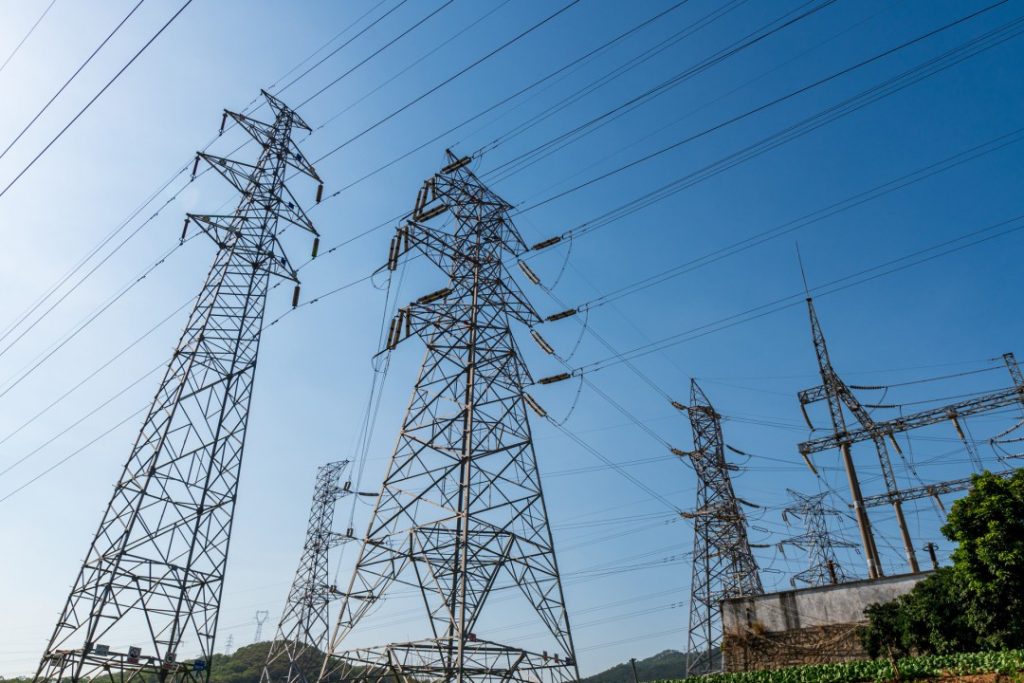Everything you need to know about charging lithium iron phosphate cell (LiFePO4) batteries
Even switching from lead-acid batteries to lithium iron phosphate cells can be daunting. Charging the battery correctly is very important and directly affects the performance and life of the battery. Learn how to charge LiFePO4 batteries to maximize your investment.
Charging conditions
Just like your mobile phone, you can charge the lithium iron phosphate cells at any time. If you let them run out completely, you won’t be able to use them until they get a certain fee. Unlike lead-acid batteries, lithium iron phosphate batteries will not be damaged even if they are partially charged, so you don’t have to worry about charging them immediately after use. They also have no memory effect, so you don’t need to use them up completely before charging.
LiFePO4 batteries can be safely charged at temperatures between -4°F – 131°F (0°C – 55°C), however, we recommend charging at temperatures higher than 32°F (0°C). If you do charge at a temperature below the freezing point, you must ensure that the charging current is 5-10% of the battery capacity.
How to charge lithium iron phosphate cell
The ideal way to charge a lithium iron phosphate cell is to use a lithium iron phosphate battery charger because it can be programmed with the appropriate voltage limit. Most lead-acid battery chargers can do this job well. The charging curves of AGM and GEL usually fall within the voltage range of lithium iron phosphate batteries. The voltage limit of wet lead-acid battery chargers is often higher, which may cause the battery management system (BMS) to enter a protection mode. This will not harm the battery; however, it may cause a fault code to appear on the charger display.
The LiFePO4 battery uses the same constant current and constant voltage levels as the SL A battery. Even though the two stages are similar and perform the same function, the advantage of the LiFePO4 battery is that the charging rate can be higher, so the charging time is much faster.
Stage 1
The charging of the first stage battery is usually carried out at 30%-100% (0.3C to 1.0C) of the battery capacity rating. The first phase of the SLA chart above takes four hours to complete. The first stage of the lithium battery can be completed in just one hour, which makes the usable speed of the lithium battery four times the SLA.
Stage 2
In both chemical methods, stage 2 is necessary for the battery to reach 100% SOC. SLA batteries need 7 hours to complete stage 2, while lithium batteries only need 15 minutes. In general, lithium batteries require four hours to charge, while SLA batteries usually take 10 hours. In cyclic applications, charging time is very critical. Lithium batteries can be charged and discharged several times a day, while lead-acid batteries can only be fully cycled once a day.
Stage 3
The place where they become different on the charging curve is the third stage. Lithium batteries do not require a float charge like lead acid. In long-term storage applications, lithium batteries should not be stored at 100% SOC, so a complete cycle (charge and discharge) can be carried out at 30%-70% SOC every 6-12 months.
.png)
Rechargeable batteries in parallel best practices
When connecting lithium batteries in parallel, it is best to charge each battery individually before connecting in parallel. If you have a voltmeter, please check the voltage a few hours after the charging is completed, and make sure that the distance between them is within 50mV (0.05V) before connecting them in parallel. This will minimize the chance of imbalance between batteries and maximize system performance. Over time, if you find that the capacity of the battery pack decreases, disconnect the parallel connection and charge each battery separately, and then reconnect it.
Charge the battery in accordance with the series of best practices
Connecting lithium batteries in series is very similar to connecting in parallel. It is best to charge each battery individually and check the voltage before connecting them in series, and make sure that they are within 50mV (0.05V) between each other.
It is strongly recommended to use multiple chargers to charge lithium batteries in series. This means that each battery is charged at the same time, but completely independent of each other. In some applications, this is impractical, which is why Maxworld provides 24V and 48V batteries to reduce the need to use multiple batteries in series.
What to do during storage?
Lithium iron phosphate batteries are easier to store than lead-acid batteries. For short-term storage of 3-6 months, you don’t need to do anything. Ideally, leave them at approximately 50% charge before storage. For long-term storage, it is best to store them in a 50% charged state, and then cycle them by discharging, recharging and then partially discharging (about every 6-12 months) about 50% of the cycle.
The main difference between lithium iron phosphate cell and lead-acid batteries in charging
Lithium iron phosphate cells can be charged at higher currents and are more efficient than lead-acid charging, which means they can be charged faster. If the lithium battery is partially discharged, there is no need to charge it. Unlike lead-acid batteries, lead-acid batteries will be sulfated in a partially charged state, which greatly reduces performance and life.
Maxworld lithium batteries have an internal battery management system (BMS) to prevent overcharging of the battery, while lead-acid batteries can be overcharged, which increases the rate of grid corrosion and shortens battery life.


